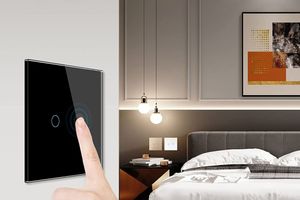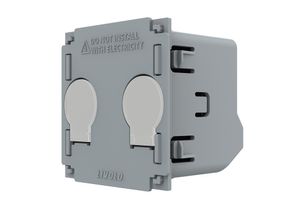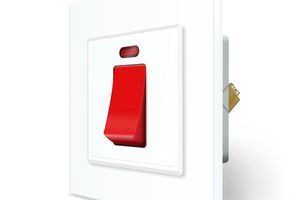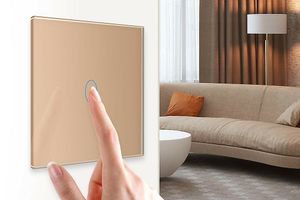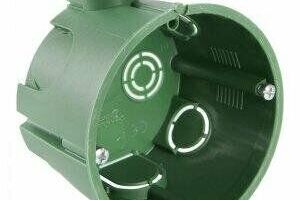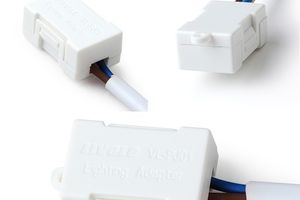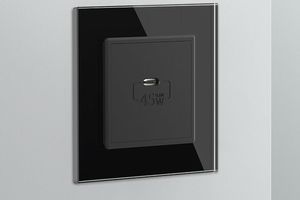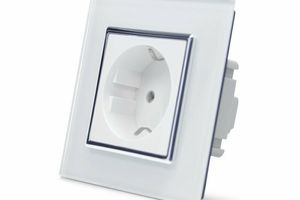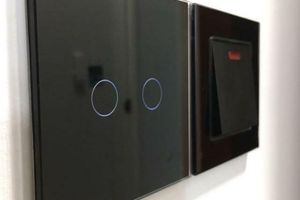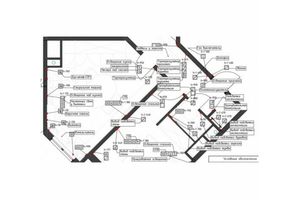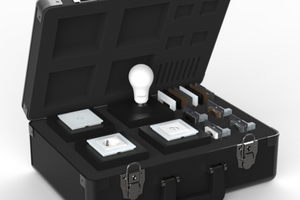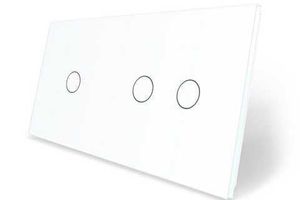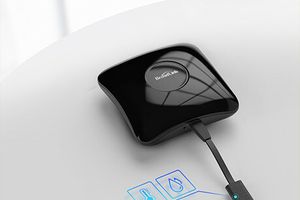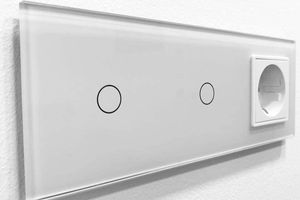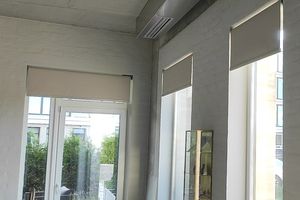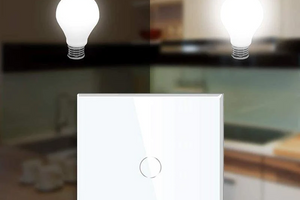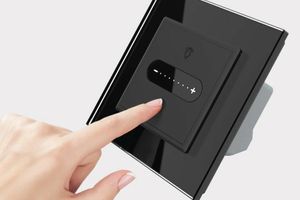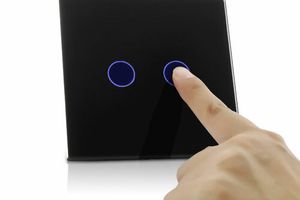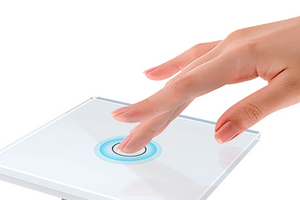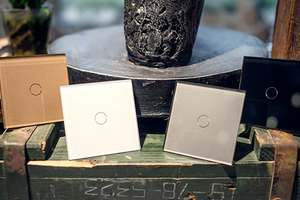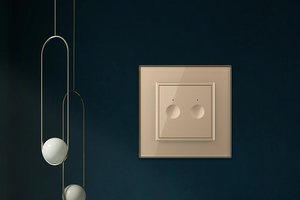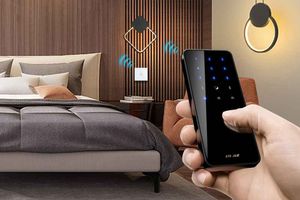Installing electrical switches can be a straightforward task, but it becomes more complex when dealing with special switches. These switches require specific installation methods to ensure they function correctly and meet safety regulations. In this article, we will discuss the different types of special switches and the installation methods required for each.
Types of Special Switches:
- Dimmer Switches;
- Timer Switches;
- Motion Sensor Switches;
- Smart Switches.
Dimmer Switches:
Dimmer switches are used to control the brightness of a light fixture. They work by reducing the voltage supplied to the light source, which lowers its brightness. When installing a dimmer switch, it is essential to ensure that the light fixture is compatible with the switch. The wattage of the light bulb used with the switch should also be within the range specified by the switch manufacturer. Additionally, dimmer switches require a neutral wire in the electrical box to function correctly.
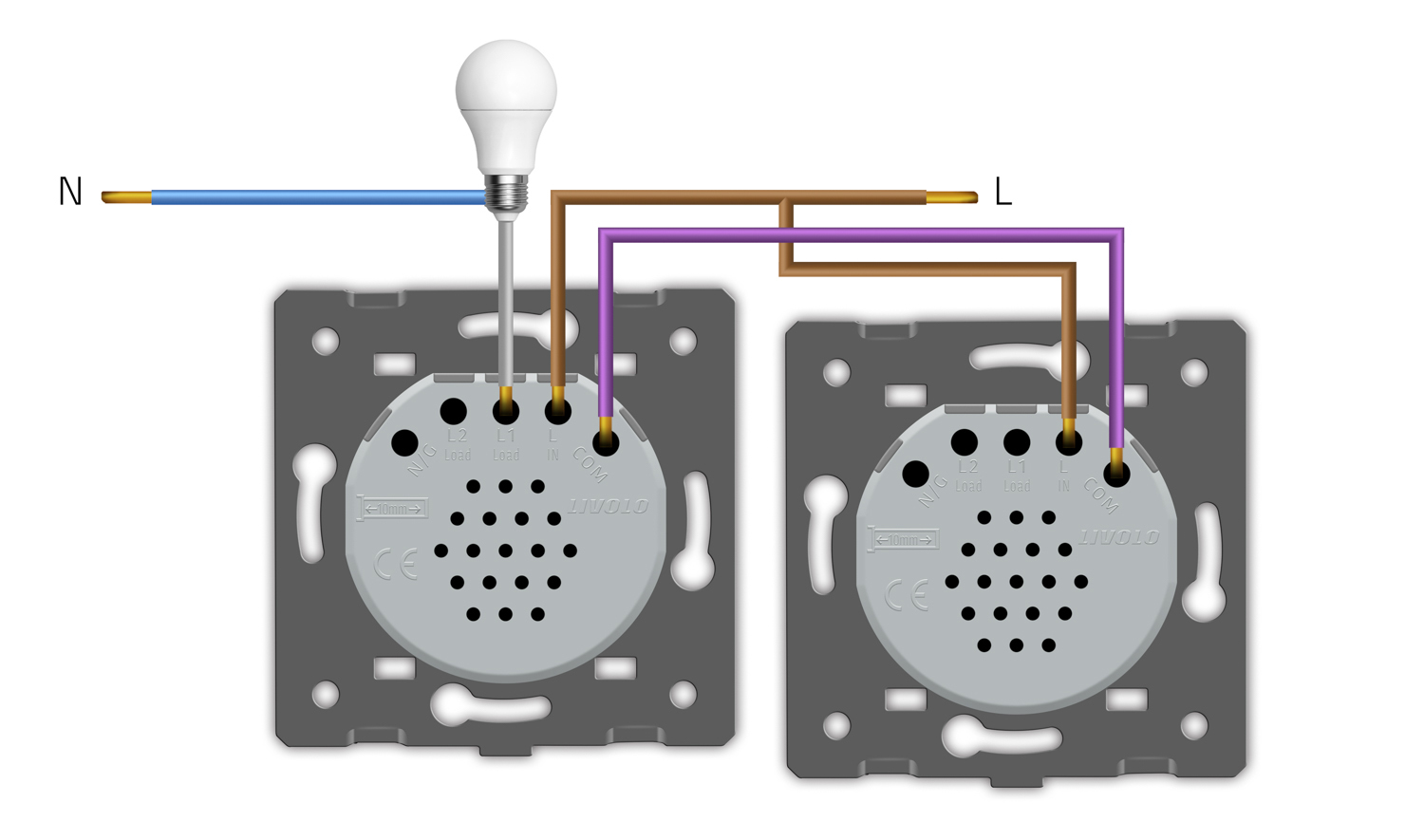
Timer Switches:
Timer switches are used to turn lights on and off automatically at set times. They are commonly used in outdoor lighting systems or for security purposes when homeowners are away. When installing a timer switch, it is crucial to ensure that it is rated for the intended use and that it has the correct voltage and amperage ratings for the electrical circuit it will be connected to. Timer switches also require a neutral wire in the electrical box.
Motion Sensor Switches:
Motion sensor switches are used to turn lights on and off automatically when motion is detected. They are commonly used in areas such as hallways, closets, and garages. When installing a motion sensor switch, it is essential to ensure that it is mounted at the correct height and angle to detect motion accurately. The sensitivity and time delay settings should also be adjusted to suit the specific needs of the area where the switch is installed.
Smart Switches:
Smart switches are connected to a home automation system and can be controlled via a smartphone app, voice command, or remote control. When installing a smart switch, it is important to follow the manufacturer's instructions carefully to ensure that the switch is connected to the home automation system correctly. The switch should also be compatible with the system and have the correct voltage and amperage ratings for the electrical circuit it will be connected to.
Special switches require specific installation methods to ensure that they function correctly and meet safety regulations. It is essential to follow the manufacturer's instructions carefully and ensure that the switch is rated for the intended use and has the correct voltage and amperage ratings for the electrical circuit it will be connected to. With proper installation, such switches can provide added convenience and security to a home's electrical system.



















































